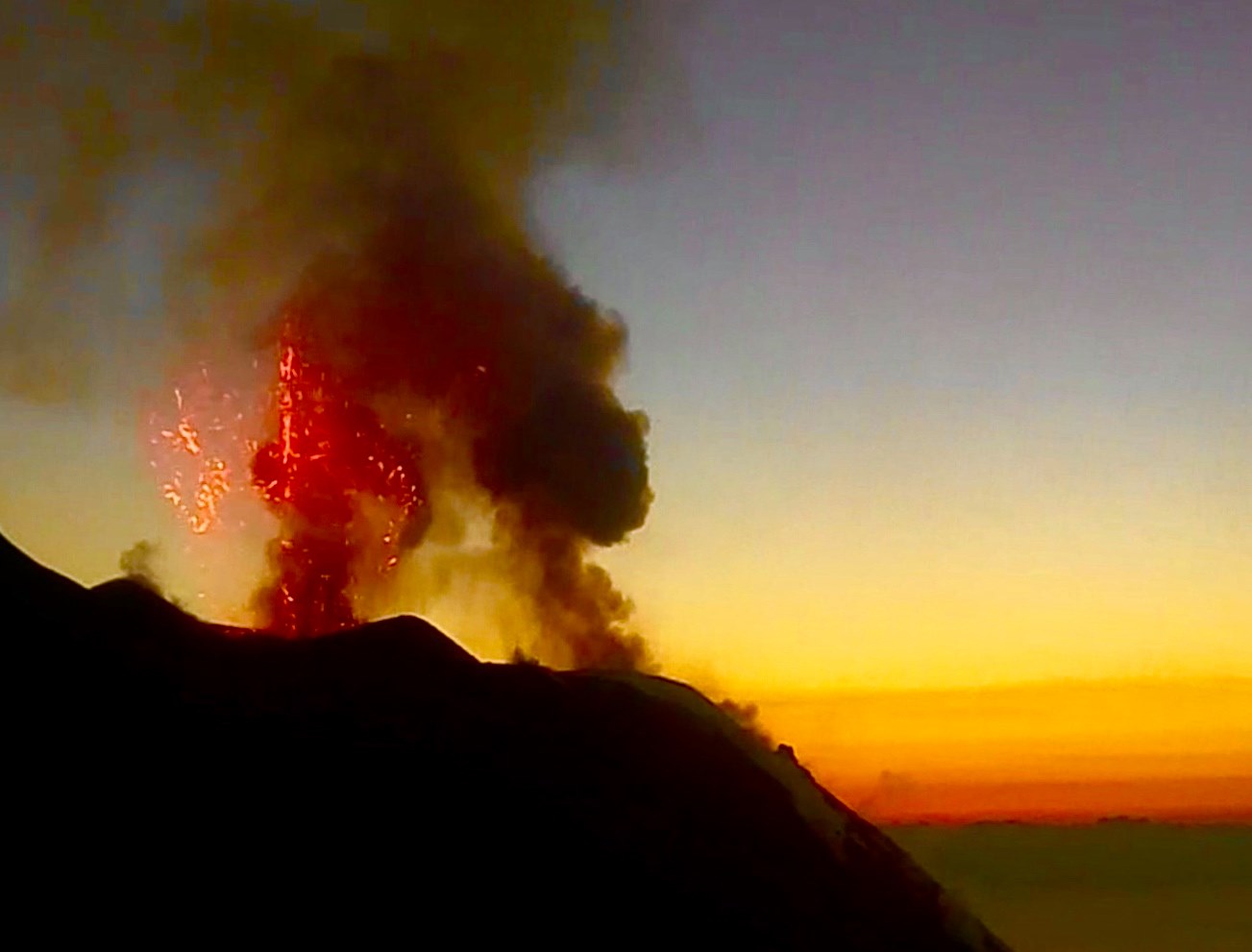March 19, 2020. EN. Italy : Stromboli , Philippines : Taal , Iceland : Reykjanes Peninsula , Guatemala : Fuego , Ecuador : Reventador .
March 19 , 2020 . Italy , Stromboli : Weekly bulletin from 09/03/2020 to 15/03/2020 (date of issue 17/03/2020) SUMMARY OF ACTIVITY STATUS In light of the monitoring…

